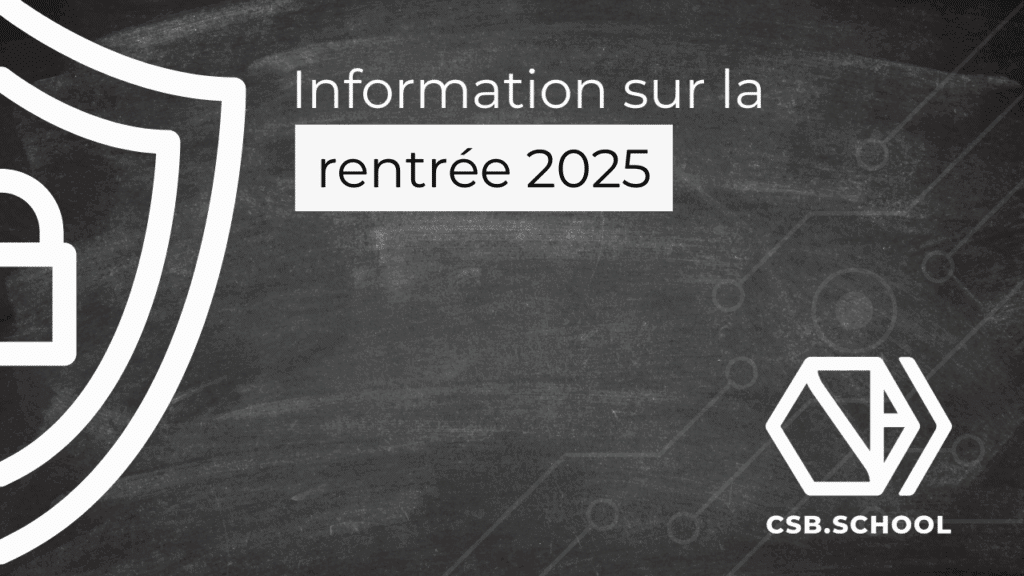Protecting your personal data. The Guide to good practices

Sommaire
- 1. Understanding Personal Data
- 2. Common threats to personal data security
- 2.1. Phishing
- 2.2. Ransomware
- 2.3. Account hacking
- 2.4. Data leaks
- 3. Personal data protection measures
- 3.1. Use strong and unique passwords
- 3.2. Enable two-factor authentication (2FA)
- 3.3. Update software regularly
- 3.4. Use secure networks
- 3.5. Data encryption
- 4. Protecting your data on social networks
- 4.1. Control privacy settings
- 4.2. Beware of apps
- 5. Protect your banking data
- 5.1. Transaction Monitoring
- 5.2. Using virtual cards
- 6. Part 6: The impact of data protection regulations
- 6.1. General Data Protection Regulation (GDPR)
In the digital age, protecting personal data has become a top priority for individuals and businesses. With the rise of cyberattacks, data breaches, and privacy violations, the risks associated with mishandling personal information are higher than ever. According to a study conducted by Cybersecurity Ventures, the global cost of cybercrime will reach $10.5 trillion annually by 2025. This alarming figure underscores the importance of implementing effective strategies to protect personal data.
As part of Cybersecurity Month, this article looks at concrete methods and practical examples to secure your personal information online.
Understanding Personal Data
Personal data is defined as any information that can directly or indirectly identify an individual. This information includes:
– First and last name
– Postal address
– Telephone number
– Email addresses
– Social security numbers
– Banking and financial information
– Medical information
This information, when in the hands of cybercriminals, can be used for various malicious activities, such as identity theft, bank fraud, or digital blackmail.
Common threats to personal data security
To understand how to protect your data, it is essential to know the threats it is exposed to. Here are some of the most common cyberattacks:
Phishing
Phishing is a technique where attackers send spoofed emails or messages to trick recipients into revealing personal information, such as passwords or credit card numbers.
According to Verizon, 94% of hacking incidents in 2023 will involve phishing attempts.
In 2021, a massive phishing attack hit Microsoft Office 365 users. Emails pretending to be official communications were sent, leading users to a fraudulent site to steal their login information.
Ransomware
Ransomware is malicious software that encrypts a user or organization’s files, demanding a ransom to restore access to the data.
Sophos reported that 37% of businesses worldwide were victims of ransomware in 2021.
The WannaCry ransomware attack in 2017 affected more than **230,000 computers** in over 150 countries, crippling critical systems such as those of the NHS (National Health Service) in the United Kingdom.
Account hacking
Hackers use techniques like brute force, where thousands of password combinations are tried to gain access to an account. Weak or reused passwords are particularly vulnerable to this type of attack.
In 2020, the Twitter platform suffered a hacking attack where accounts of celebrities like Elon Musk and Barack Obama were compromised for a bitcoin scam.
Data leaks
Data breaches occur when sensitive information is accidentally or intentionally exposed to unauthorized parties.
According to IBM, the average cost of a data breach in 2023 is $4.45 million.
In 2018, Facebook’s massive data breach exposed the information of 87 million users, primarily to the firm Cambridge Analytica.
Personal data protection measures
Use strong and unique passwords
A strong password is a crucial first line of defense. It should be at least 12 characters long, including uppercase and lowercase letters, numbers, and symbols.
Best practices:
– Never use the same password on multiple sites.
– Change passwords regularly.
– Use a password manager to generate and store complex credentials.
According to a study by LastPass, 81% of data breaches are caused by weak or reused passwords.
Enable two-factor authentication (2FA)
Two-factor authentication adds an extra layer of security by requiring additional verification, such as a code sent via text message or an app.
Google reported that enabling 2FA reduced the risk of account compromise by 96%.
Update software regularly
Software updates fix vulnerabilities that could be exploited by hackers. It is essential to keep all operating systems, software, and applications up to date.
Microsoft said 60% of the attacks could have been prevented if users had installed available security patches.
Use secure networks
Avoid connecting to public Wi-Fi networks to conduct sensitive transactions, such as accessing bank accounts or handling personal information.
Tips: Consider using a virtual private network (VPN) to encrypt your Internet connection and protect your data on unsecured networks.
Data encryption
Encryption transforms your data into an unreadable format unless you have the decryption key. This protects sensitive information in case of device theft or loss.
Apple automatically encrypts data on its iPhone devices with a unique encryption key for each user.
Protecting your data on social networks
Social media is a major vulnerability for personal data leaks. Here are some steps to secure your information on these platforms:
Control privacy settings
Platforms like Facebook, Instagram, and LinkedIn offer options to limit who can see your posts, personal information, and online activities.
Check your privacy settings regularly and limit the visibility of your information to people you trust only.
Beware of apps
Third-party apps, such as quizzes or games, may request access to your profile information. Deny access to those you are unsure of the legitimacy of.
In 2018, 267 million Facebook accounts were compromised via malicious third-party apps.
Protect your banking data
Transaction Monitoring
Monitor your bank statements regularly for suspicious activity. Many online banking services offer automatic alerts to notify you of unusual transactions.
Using virtual cards
Some banks offer virtual bank cards for online purchases. These temporary cards are associated with your account, but the information cannot be reused after a purchase.
In 2021, 13% of Americans used virtual credit cards to protect their financial information when shopping online.
Part 6: The impact of data protection regulations
General Data Protection Regulation (GDPR)
The GDPR , implemented in May 2018 in the European Union, is one of the strictest legislative frameworks for the protection of personal data. It requires companies to obtain explicit consent from users before collecting and processing their data.
In 2021, more than €830 million in fines were imposed on companies for non-compliance with the GDPR.
Protecting your personal data is an ongoing responsibility that requires vigilance and proactivity. By following the best practices mentioned in this article and staying informed about emerging threats, you will significantly reduce the risks of cyberattacks. Cybersecurity is everyone’s business, and adequate protection of your personal data can prevent devastating consequences.
Continue reading

2025 Back-to-School Dates – CSB.SCHOOL

CSB.SCHOOL Commits to Cyber Talent: Vianney Wattinne to Speak in Lyon on September 18

